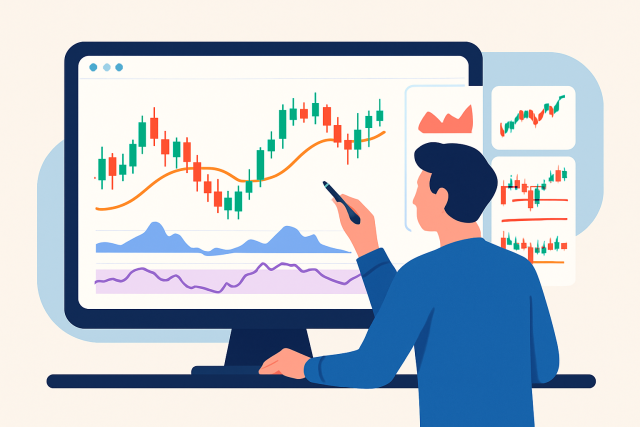
Trading Strategies for Day Trading Using TradingView Charts
Discover proven day trading strategies using TradingView charts. This guide equips you with practica...

Trading nowadays covers a whole spectrum of strategies and techniques, each bringing unique jargon and tools to tackle the market. ICT trading in particular has caught attention because it explains how institutional markets really move.
ICT or Inner Circle Trader is a trading approach dreamed up by Michael J. Huddleston. It’s all about tuning in to the finer points of market structure and price action and the typical moves institutional traders tend to make. ICT trading shines when it comes to picking up on the subtle hints of market manipulation and zeroing in on liquidity zones—those sweet spots where big players drop hefty orders.
ICT zooms in on uncovering the subtle tricks and habits of big financial institutions and banks as they play the markets, giving retail traders a leg up by helping them sync their moves with these 'smart money' flows.
These connected ideas give ICT traders a bit of an edge, letting them peek behind the curtain of price movements instead of relying solely on the usual technical indicators.
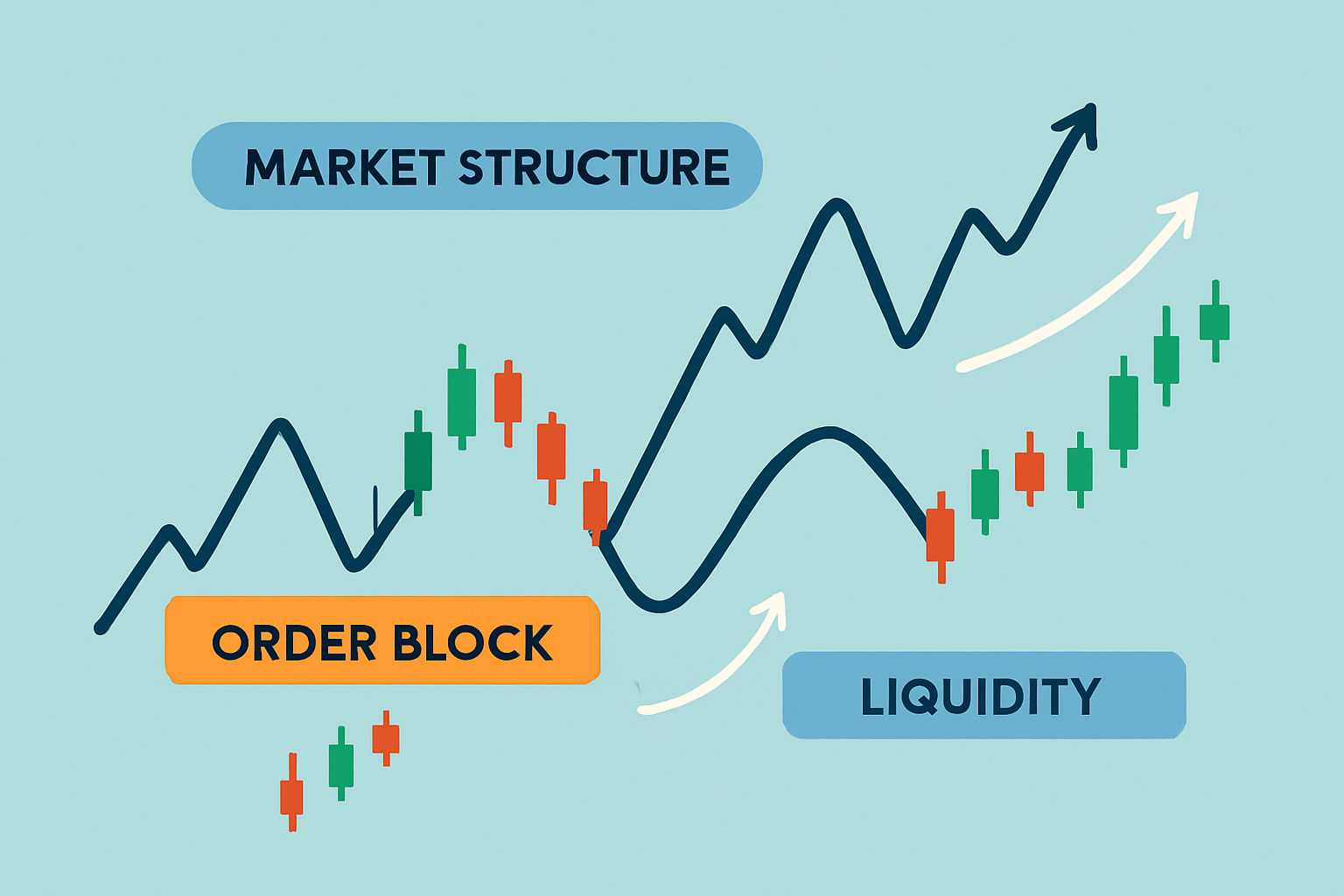
A financial chart illustrating key ICT concepts like order blocks, liquidity pools, and market structure to aid understanding.
To get a handle on ICT trading, it helps to first have a decent grasp of some other popular trading strategies people swear by worldwide. Each one leans on its own set of tools and techniques, catering to different trader personalities and appetites for risk.
Technical analysis relies heavily on chart indicators. These statistical tools give us a sneak peek into future price trends by analyzing past patterns. Take moving averages for example. They smooth price data to help cut through noise. The RSI acts like a warning light signaling when an asset might be overbought or oversold. On the other hand, fundamental analysis looks at economic data and the overall health of a company as well as news events that influence prices over the long term. Price action traders often ignore most indicators and focus closely on actual price movements and chart patterns to guide their decisions. Then there’s algorithmic trading where computers perform lightning-fast calculations to automate buying and selling often taking advantage of tiny price differences too fast for the human eye to catch.
| Trading Method | Main Principles | Typical Timeframe | Key Tools | Suitable Trader Type |
|---|---|---|---|---|
| Technical Analysis | Relies on past price data and indicators to help steer decision-making, kind of like reading the market’s mood swings | From quick intraday moves all the way up to long-term trends | Moving averages, RSI, MACD | Great for everyone from curious beginners to seasoned pros |
| Fundamental Analysis | Digs into economic and company info to size up true value, peeling back the layers beyond just price tags | Generally a medium to long-term play | Economic reports, financial statements | Perfect for investors in it for the long haul |
| Price Action | Focuses on raw price movements and candlestick patterns, keeping things simple and letting the charts do the talking | From fast intraday action to a few weeks out | Price charts, candlestick patterns | Best for traders who prefer flying mostly by the seat of their pants without heavy indicator baggage |
| Algorithmic Trading | Leverages computer algorithms to run trades automatically, your robot assistant doing the heavy lifting | Ranges from lightning-fast high-frequency to daily swings | Algorithms, programming skills | Tailor-made for number crunchers and tech-savvy traders |
| Swing Trading | Aims to catch those price moves that last several days or weeks, holding on just long enough to surf the waves | Typically days to a few weeks | Chart patterns, trend analysis | Ideal for individuals juggling trading with other parts of life |
| Day Trading | Opens and closes positions within the same day, chasing opportunities before the market clock strikes midnight | From minutes to a handful of hours | Real-time charts, rapid execution | Made for the go-getters who can commit serious time and focus |
ICT trading stands out because it focuses on institutional trading patterns, market manipulation and tricky structural zones that most strategies overlook. Rather than relying on broad indicators or fundamentals, ICT zeroes in on the subtle "smart money" moves that quietly steer price action behind the scenes
Unlike many trading strategies that lean heavily on indicators, ICT encourages traders to dive deep into the nuts and bolts of market mechanics and perfect their timing instead of just relying on formulas. This approach tends to attract people who are genuinely willing to roll up their sleeves and get cozy with subtle price movements and the tricks of institutional players.
"ICT trading often feels like playing detective, peeling back the layers to see how 'smart money' usually has a knack for outwitting the retail crowd — something conventional trading approaches don’t quite shine a light on as clearly." — Market Analyst Insight
Getting a good grip on these benefits and drawbacks can really help readers figure out if ICT trading jives with their style and long-term goals.
Picture how an ICT trader studies a price chart versus someone who mainly leans on moving averages or RSI indicators.
Those vital market zones where big players likely pulled the trigger on hefty trades.
Moving average crossovers or RSI levels hinting that the market might be a bit too hot or cold.
That quirky spot showing price inefficiency before giving the green light to enter.
Trades based on indicator signals, like the RSI dipping below 30 or certain moving averages crossing paths.
Market structure and liquidity pools to fine-tune stops and targets, often nailing more precise entries and exits than the straight-up technical indicator play.
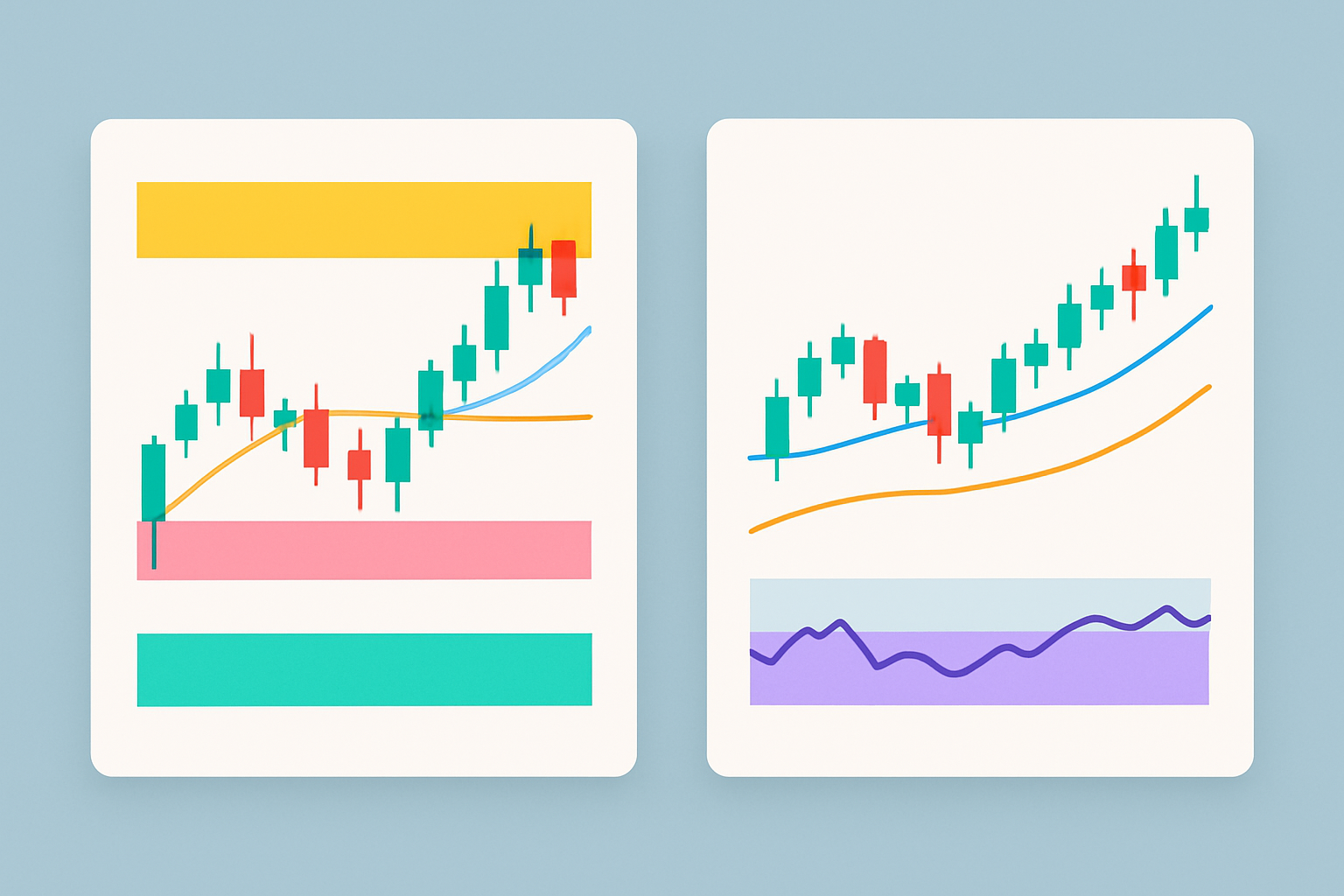
Comparison chart illustrating ICT trading zones versus traditional technical indicators on the same price data.
Beginners dipping their toes into ICT trading usually do well by starting with the basics—things like understanding market structure and getting a feel for liquidity concepts—while patiently waiting for those trade entry signals to line up just right.
ICT trading is often misunderstood or gets a bad rap like many specialized approaches. Some individuals imagine it as a magic ticket to quick riches while others assume it requires high-tech gear beyond what most retail traders can handle.
Clearing up these misconceptions really helps traders approach ICT trading with a more balanced view, allowing them to see both its strengths.
Struggling to improve your trading performance? Edgewonk's advanced analytics tools are designed to give you the edge you need.
With detailed trade journaling, robust strategy analysis, and psychological insights, you'll gain a comprehensive understanding of your strengths and weaknesses. Don't miss out on this game-changing opportunity.
Traders, it's time to elevate your game. Edgewonk is the ultimate trading journal software designed to empower you with data-driven insights and personalized strategies. Take control of your trading journey and maximize your potential.
23 articles published
Transforming the field of commodities trading through sustainable investing principles, she bridges traditional finance with ESG considerations.
Read Posts
Discover proven day trading strategies using TradingView charts. This guide equips you with practica...
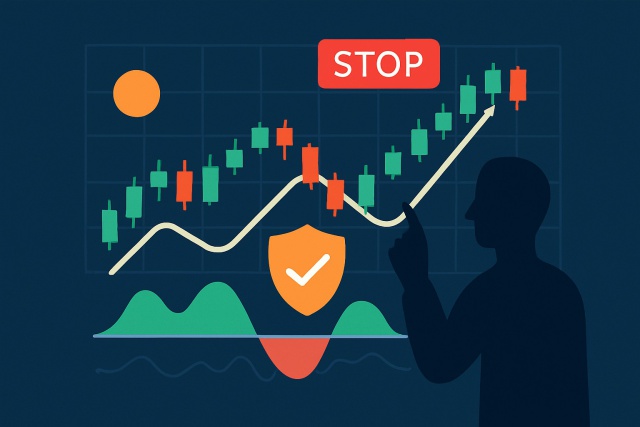
Master the art of risk control in momentum trading. Discover step-by-step strategies to safeguard yo...
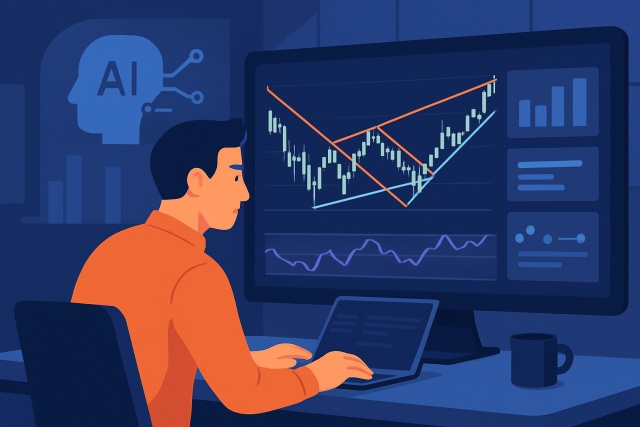
Master TrendSpider strategies for all market types with this in-depth guide. Learn how to harness au...
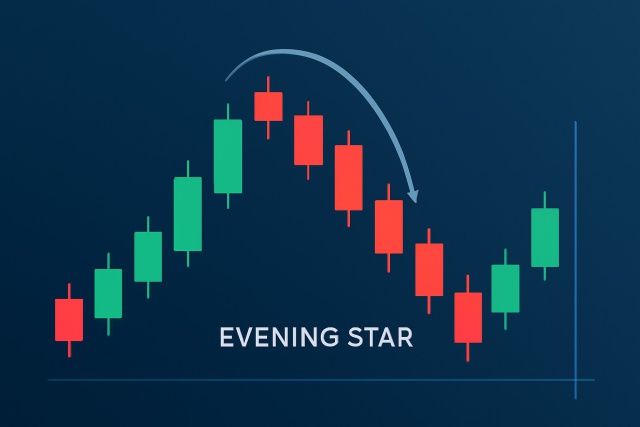
Discover how to recognize the evening star candlestick pattern—a powerful signal highlighting potent...
